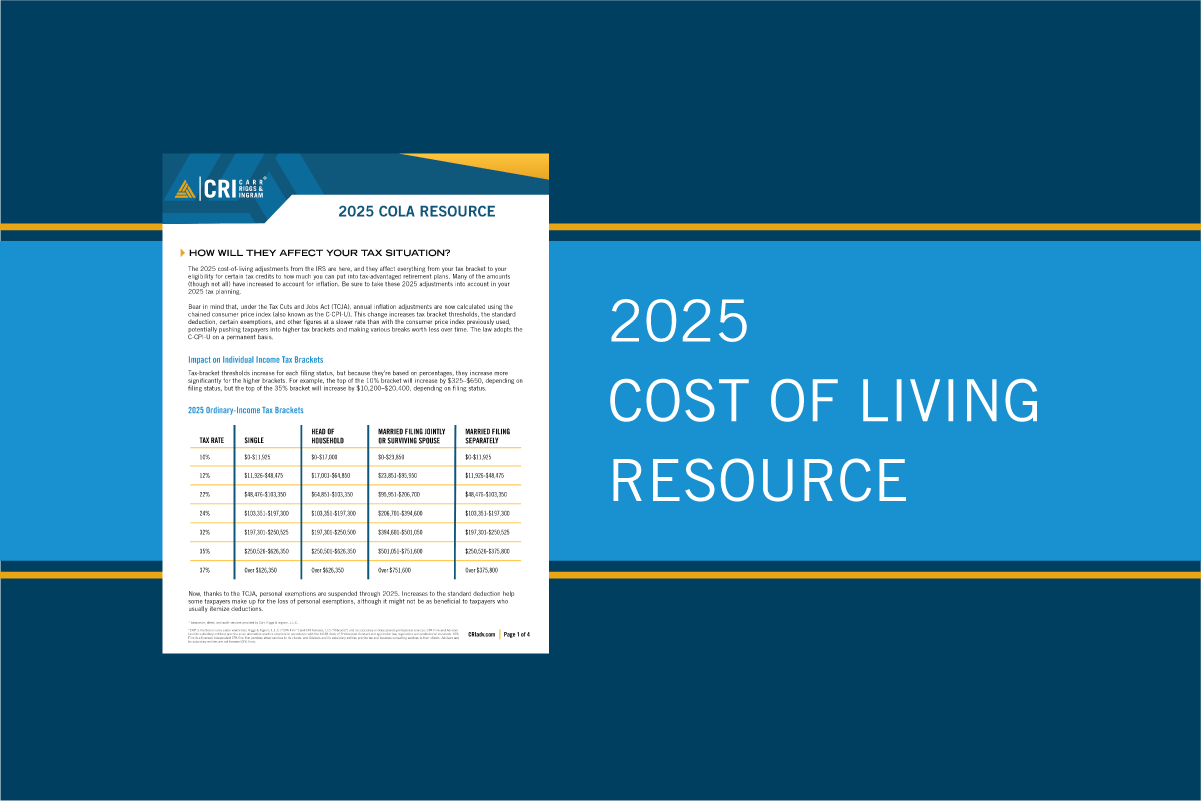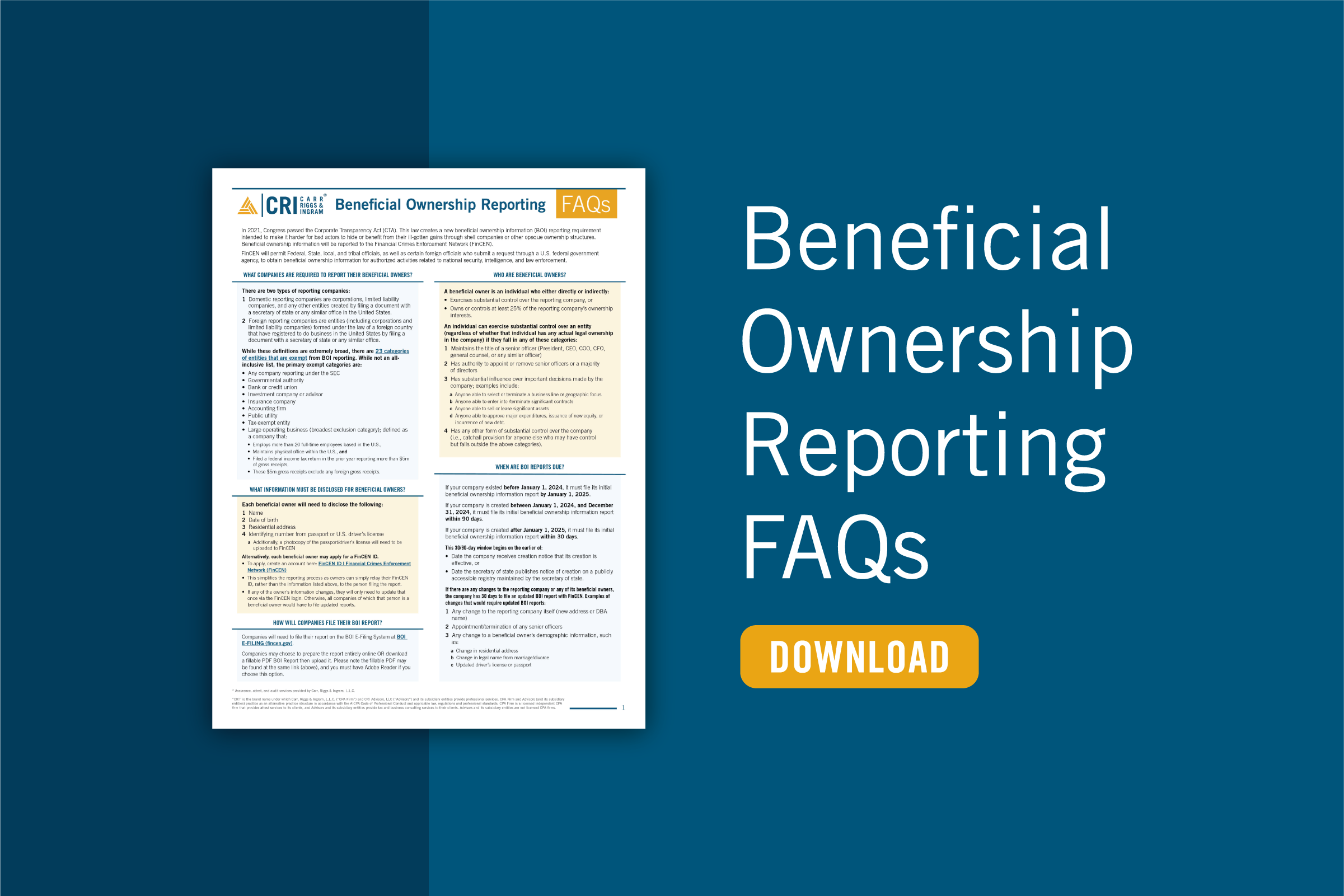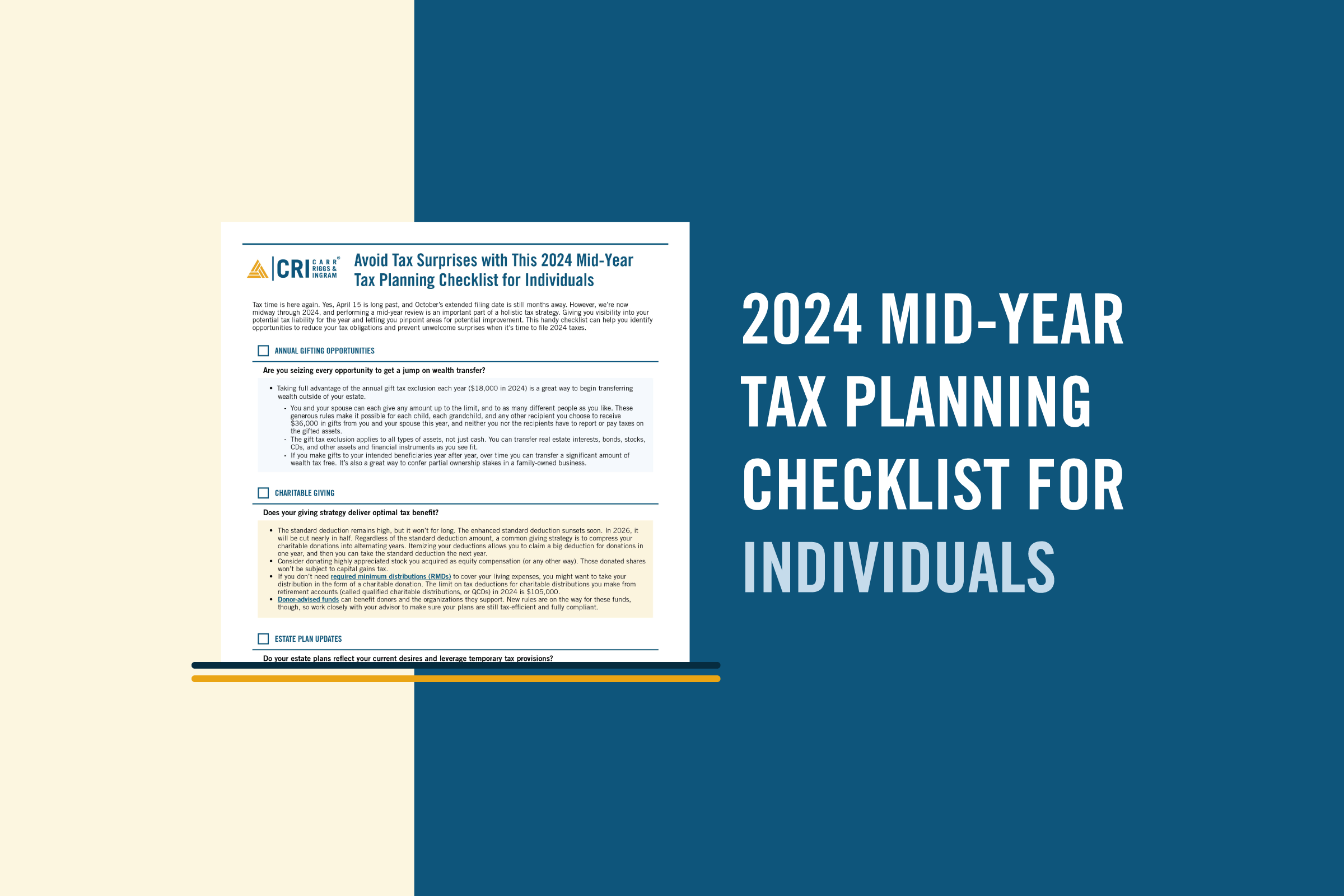U.S. Federal Tax Matters for Foreign Nationals
- Contributors
- James D. Wright
- Mariana Stusse
Jun 13, 2024
Moving to a new country involves navigating a complex web of regulations, and tax matters are often among the most challenging. For individuals new to the United States, understanding the intricacies of the U.S. federal tax system is crucial because it ensures compliance with local laws, helps avoid potential penalties, and maximizes potential tax benefits.
Understanding Tax Jurisdictions
The taxation landscape varies significantly from country to country, and local tax jurisdictions may differ from your country of origin. Therefore, foreign nationals need to understand the different types of tax systems they may encounter. Here are four primary types of tax jurisdictions, including the system used in the United States:
- Territorial Taxation: Only local income—income sourced within the country—is taxed in a territorial system. This means that income earned outside the country's borders is not subject to taxation by that country, simplifying tax obligations for residents and businesses by focusing solely on domestic earnings.
- Zero Tax Jurisdictions: Some countries impose no personal income tax at all. In these jurisdictions, residents and citizens are not required to pay any taxes on their personal income, regardless of the source or amount. This can make these countries attractive destinations for individuals seeking to minimize their tax liabilities.
- Residence-Based Taxation: Under this system, residents are taxed on their worldwide income, meaning they must pay taxes on all income earned, whether it is sourced domestically or internationally. Nonresidents, on the other hand, are only taxed on the income they earn within that country. This system aims to ensure that residents contribute to the public services and infrastructure they benefit from, while nonresidents only pay taxes on their economic activities within the country.
- Citizenship-Based Taxation: This system is unique in that it is only implemented by a few countries, with the United States being the most prominent example. Under citizenship-based taxation, citizens are required to pay taxes on their worldwide income, regardless of where the income is earned or where the individual resides.
Basic Framework of U.S. Cross-Border Taxation
Given that the United States operates under a citizenship-based taxation system, which uniquely mandates that U.S. citizens and residents are taxed on their worldwide income, understanding and complying with these tax obligations is crucial for citizens living abroad in order to avoid penalties and ensure proper financial planning. Key distinctions in cross-border taxation include:
Inbound Transactions: These are financial activities or transactions conducted by foreign taxpayers within the United States. Inbound transactions may include income from U.S. sources such as investments, business operations, or employment within the U.S. Foreign taxpayers involved in inbound transactions are subject to U.S. tax laws and reporting requirements on the income they earn from U.S. sources.
Outbound Transactions: These refer to financial activities or transactions conducted by U.S. taxpayers outside the United States. Outbound transactions encompass income U.S. citizens and residents earn from foreign sources, including overseas employment, investments, and business operations. U.S. taxpayers must report and pay taxes on their worldwide income, including income from outbound transactions, while potentially utilizing foreign tax credits and exclusions to mitigate double taxation.
Understanding these distinctions enables affected taxpayers to navigate the complexities of U.S. cross-border taxation and leverage available tax benefits and treaties more effectively.
Classification of Taxpayers for U.S. Tax Purposes
For tax purposes, the U.S. classifies individuals as either a U.S. Person or a Foreign Person. A U.S. Person includes U.S. citizens and residents. You are considered a resident if you meet either the green card test or the substantial presence test. On the other hand, a Foreign Person includes nonresident alien individuals who do not meet the criteria to be classified as a U.S. Person.
To determine if an individual qualifies as a U.S. resident for tax purposes under the substantial presence test, they must meet the following criteria:
- They must be physically present in the U.S. for at least 31 days during the current year.
- They must be present in the U.S. for 183 days during a three-year period, which includes the current year and the two years immediately preceding it. The days are counted as all days present in the current year, plus one-third of the days present in the first year before the current year, and one-sixth of the days present in the second year before the current year.
Exceptions and Special Cases
There are several exceptions to the substantial presence test, including the following:
- Teachers, students, or trainees on specific visas (F, J, M, Q) and individuals present temporarily as foreign government-related individuals under an A or G visa.
- Individuals who can demonstrate a closer connection to a foreign country than to the U.S.
- Nonresident aliens married to U.S. citizens or residents can opt to be treated as resident aliens for tax purposes.
- Those who don't meet the green card or substantial presence test criteria in one year but do in the following year may choose to be treated as a U.S. resident for part of the earlier year.
- The U.S. has Income Tax Treaties with approximately 66 countries. These treaties often include Residency Tie Breakers, which help determine a person’s residency for tax purposes. This means that even if an international client fails the Substantial Presence test or cannot use the Closer Connection exception, they could still be treated as a nonresident for U.S. tax purposes because of an income tax treaty.
Understanding the U.S. tax system as a new international resident can be difficult, but grasping the basics of different tax jurisdictions and the U.S. tax classification system is a crucial first step. For personalized advice and to ensure compliance with all applicable tax laws, consult your CRI advisor. We're here to assist you every step of the way.











































































































































































































































































































































































































































































